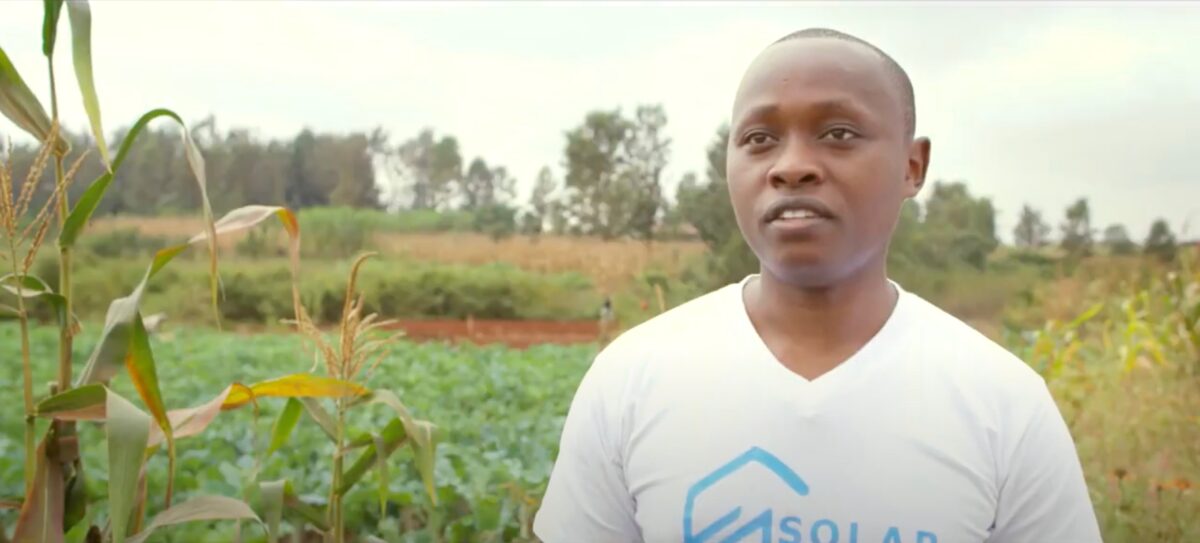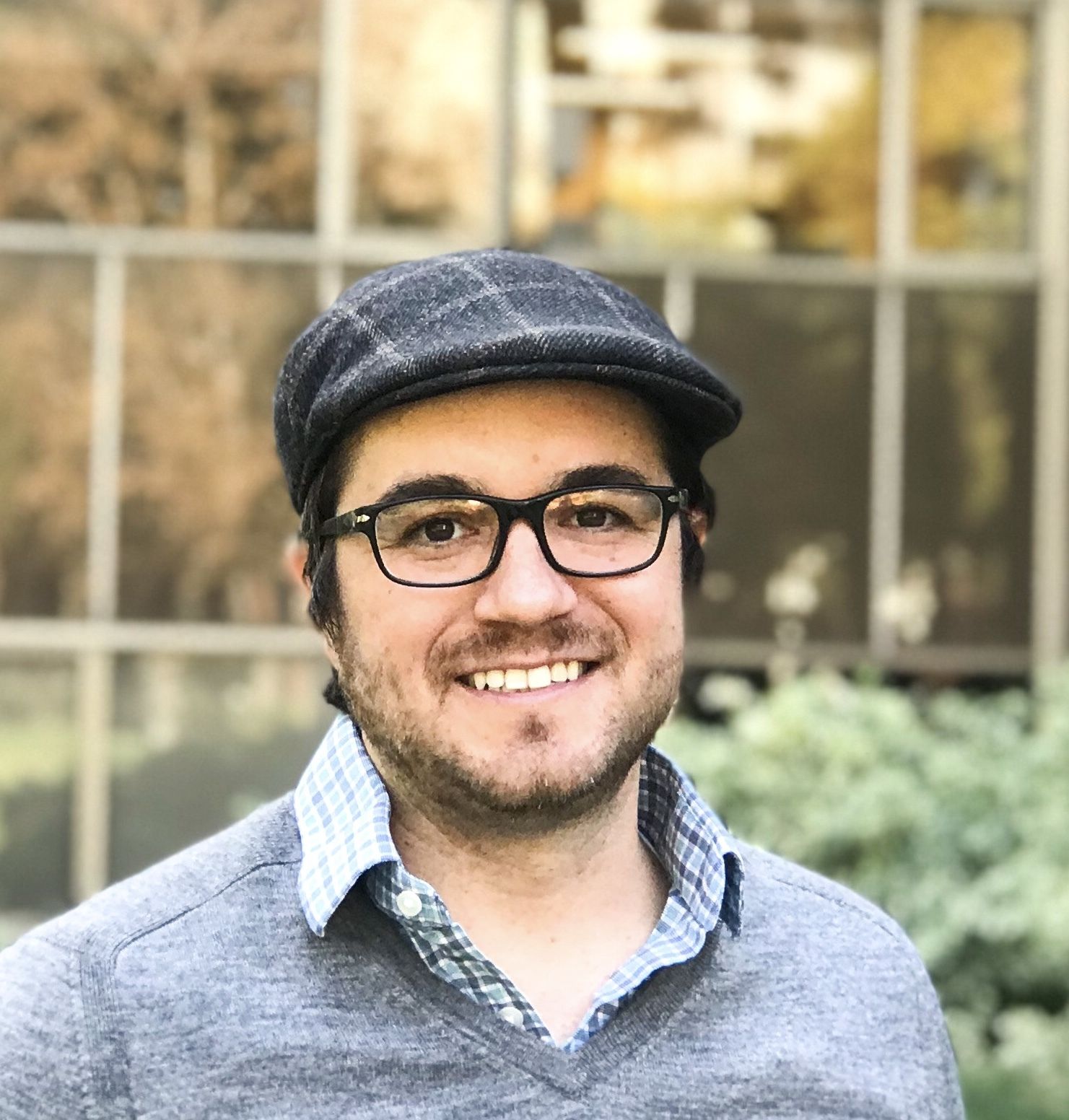
Q&A with Dysmus Kisilu, 2022 Pritzker Genius Award winner
Kisilu will again visit UCLA on Thursday, October 26, when we’ll announce this year’s Pritzker Award winner from three finalists. We recently discussed his work in the past year and…
Kenyan entrepreneur Dysmus Kisilu and his company, Solar Freeze, won the 2022 Pritzker Emerging Environmental Genius Award for reducing food waste and increasing small farms’ profits with zero-emission solar cooling units that preserve crops.
Kisilu will again visit UCLA on Thursday, October 26, when we’ll announce this year’s Pritzker Award winner from three finalists. We recently discussed his work in the past year and what’s next for Solar Freeze.
The last time we saw you it was time for celebration — you won the $100,000 top prize for the Pritzker Award. How have things been going for Solar Freeze since then?
Kisilu: My work has been going well at Solar Freeze. Winning the Pritzker Award was huge — it gave us a lot of limelight, especially among our peers. We built a lot of new connections. The government of Kenya is now more interested in how they can work with Solar Freeze to implement a business-to-government project, and that was a result of them learning about our work and seeing the recognitions from the Pritzker Award.
The last time we were at UCLA, we were serving at least 3,000 small-scale farmers. We’ve now doubled that number to more than 6,500. So that’s been amazing. We’re also seeing the impact that we’re having in helping farmers reduce food waste while increasing their income. Last year, they were making at least an average of $150 U.S. dollars in a month. Because of our intervention, they’re now making at least $260 U.S. dollars. That’s big for us, but we still see a huge need for more impact that Solar Freeze must implement in these communities.
Have you been seeing any emerging environmental challenges?
Last year was a very interesting year for Kenya, where we had the worst drought in 60 years — longer ago than even the previous generation can remember. I think that’s mainly a result of climate change and what it has done. In communities where most livelihoods are dependent on farming, their lives were really devastated. A lot of them lost their crops, they lost livestock. That was really eye opening for me, and it made me think about what other solutions can be implemented in terms of water harvesting techniques and storage for the long term.
This year, we are going to experience an El Niño season — the opposite of what happened last year. It’s going to be super flooded, and a lot of communities are not prepared for it. Harvesting methods and stuff like that is going to be different. We’ll be seeing the polar opposites of what climate change can do within a period of one year; we have just come from the worst drought and then now we are heading to one of the rainiest seasons that we have experienced in a long time.
What do you think about the challenges facing emerging environmental actors like this year’s Pritzker Award finalists?
The big question right now, especially in my region, is “how can organizations that are making grassroots impact get that opportunity to work with large organizations that will support them in terms of funding?” We work in marginalized areas with poor access to the internet, but the work organizations are doing is impactful. I appreciate the fact that the Pritzker Award found us, but the challenge is that there a lot of very good organizations in the same position. How can they get those chances to get limelight that leads them to the next opportunity? This year’s finalists have done a lot of tremendous work, and the fact that they are the spotlighted means somebody is seeing them.
What’s next for you and Solar Freeze over the next five years?
We are looking at how to scale up our work. We’re looking at partnerships — if we partner with more local farmer cooperatives, we can help them increase their storage. In the next five years, at least 1 million small scale farmers within Kenya or East Africa will be directly impacted by Solar Freeze. We know through partnerships with local farmer cooperatives that are they’re facing worsening effects of climate change.
So we are targeting to scale deeper in Kenya. And our work has already started getting attention, not only in Kenya, but across the regions from other countries such as Tanzania, Uganda, and even as far as Somalia. We’re thinking about how we can get to those countries, because they face the same challenge of poor service, crop losses, and lack of access to preservation and cooling technology that is cheap and sustainable.

